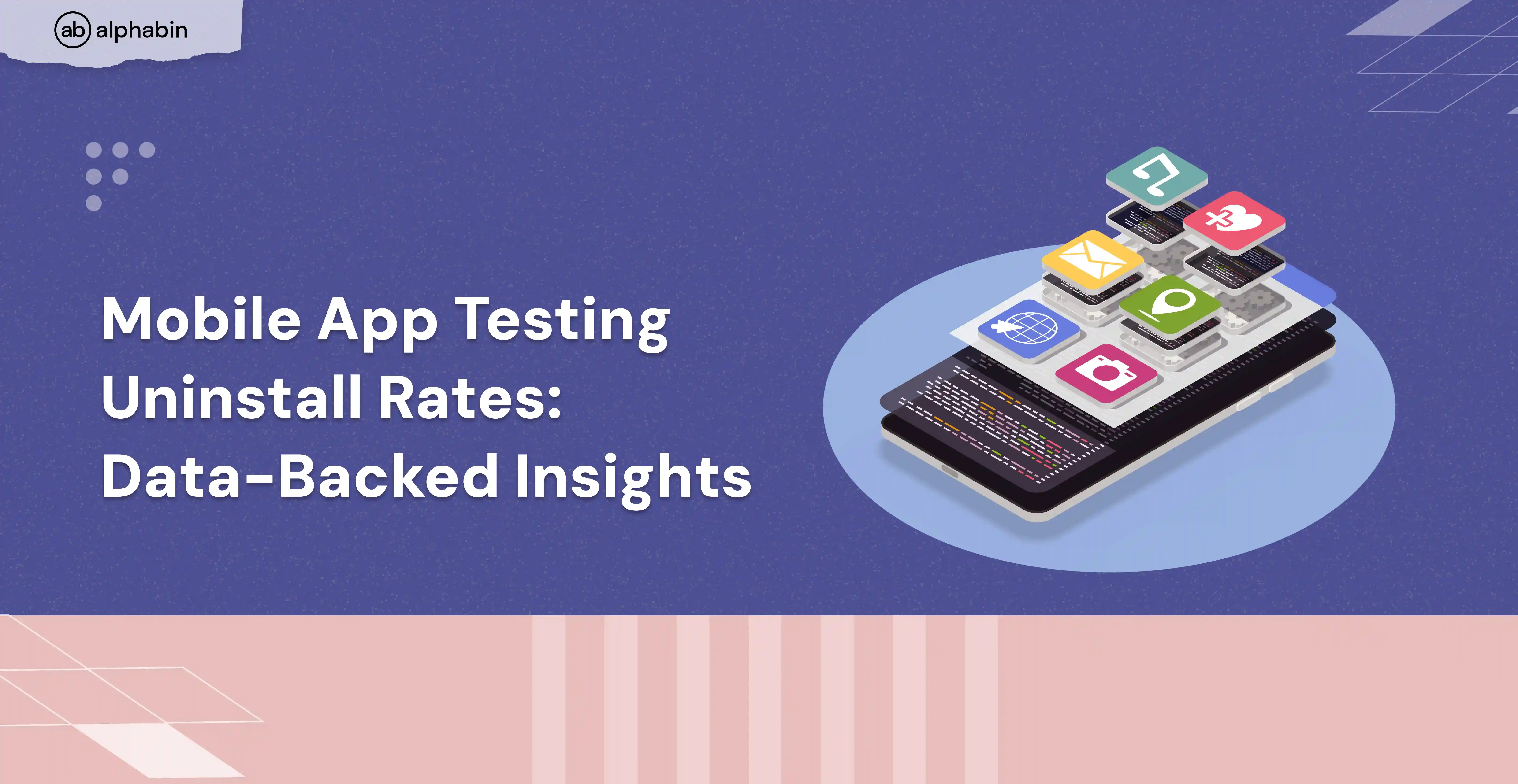Visual testing services
Verify visual integrity across all application layers with automated visual testing services.
.webp)

.svg)
%201%20(1).svg)
.svg)
.svg)
.svg)

.svg)
.svg)
.svg)


.svg)
%201%20(1).svg)
.svg)
.svg)
.svg)

.svg)
.svg)
.svg)


.svg)
%201%20(1).svg)
.svg)
.svg)
.svg)

.svg)
.svg)
.svg)

.webp)
Get ready for visual challenges!
Overlooking visual testing could result in critical issues, affecting the user experience and overall success of your application.
Time constraints
Time constraints
.svg)
Manual visual testing can be time-consuming and resource-intensive, impacting project timelines.
Over-time expensive
Over-time expensive
.svg)
Post-launched applications containing visual issues become more expensive to fix. Affecting the budget.
Accessibility barriers
Accessibility barriers
.svg)
Undetected visual issues can hinder accessibility for some users, leading to legal and reputational risks.
Negative marketing
Negative marketing
.svg)
Minor visual discrepancies can erode brand trust, and users might take things to social media.
Benefits of AI-driven visual testing
Combining automated visual testing with AI-driven tools provides several overlooked benefits that significantly assist your project.
Less time consumption
Visual testing provides up to 60% time savings compared to manual testing.
Cost efficient
Our AI tools detect even the subtlest visual changes and prevent visual issues in post-launched applications.
Improved accessibility
Identify and address visual barriers that hinder disabled users, promoting compliance standards.
Positive brand perception
Visual checks prevent minor visual discrepancies, maintain brand trust, and avoid negative publicity.
Ready to get pixel-perfect visual performance with our AI visual testing services?

.webp)
What we test
We verify your application’s aesthetic integrity and consistent design for an engaging user interface.
Layout checking
Conduct layout testing using BackstopJs to compare and validate visual layouts against baseline references.
Brand compliance testing
Validating visual brand compliance using Brandfetch to ensure consistent application branding and design elements.
Localization translations check
Testing visual localization using App Screencapture to capture localized visual content and verify accurate translations.
Dynamic visual testing
Integrating Galen Selenium for validating visual elements dynamically rendered based on user interactions.
A/B testing
Verifying the visual consistency of variations in A/B testing scenarios to assess user preferences.
Long-term consistency
Comparing visual elements with historical baselines to detect trends and ensure long-term visual consistency.
Automating comparisons
Automating the comparisons of images to detect visual differences and validate the accuracy of visual elements.
Visual grid parallelization
Implementing a visual grid for parallel execution of visual tests, optimizing test speed.
And other validations like
Interaction visualization, Media rendering accuracy, Cross-browser, and Cross-device compatibility.

Visual testing is no longer just about aesthetics; it's a fundamental aspect of delivering a positive user experience.
.webp)
Client Successes
A leading clothing brand trusted us with their platform’s visual issues. Here is how we dealt with those challenges with the help of AI.
Challenges
Challenges
Our client in the IoT domain faced security issues, data breaches, and interoperability concerns that posed significant challenges, jeopardizing the integrity and reliability of interconnected devices.
Challenges
The e-commerce platform faced frequent visual inconsistencies across devices, leading to constant customer complaints and lost revenue through app abandonment.
Solutions
Solutions
We implemented AI-driven visual testing to detect visual defects, meticulously identified and rectified visual inconsistencies, and implemented CI/CD integration automation.
Result
Result
Achieved a 30% reduction in visual issues! Our AI-driven approach ensured a consistent and expected visual experience across all browsers. User abandonment decreased by a considerable amount.
Our path to visual excellence
Experience our testing services that emphasise Quality on time, clear communication, and a collaborative approach.
1.

Requirement gathering: Collaborating with clients to understand the visual testing goals and challenges.

Best-fit tool selection: Select the best-fit AI-driven tools that are optimal for visual testing.
2.

Configure test data: Gather static visual captures of pages for visual tests.

Set up test environment: Mirroring the production environment or a dedicated test instance for pixel-perfect accuracy of the product.
3.

Creating manual tests: Covering all aspects through manual testing, with the potential for later conversion to automation.

Creating custom framework: Crafting a reusable automation framework for repetitive visual testing tasks with the help of AI.

Development of test scripts: Converting the manual tests into automated tests according to priority for efficiency and repetition.

Continuous integration: Push the test scripts to your CI/CD pipeline for automated builds, checks, linting, and pre-post execution.
4.

Execute test suite: Execute manual and automated visual test cases, capturing results at the end of the execution, either manually or through automation.

Analyzing test results: Identify visual discrepancies, performance issues, and potential UI breaches through result analysis.

Generate test reports: Provide clear, actionable insights with evidence, such as screenshots and video recordings.
5.

Sharing feedback: We offer suggestions for the visual improvements as a client POV.

Refine test cases: Improve test cases based on test results and client feedback.
.webp)
Why choose Alphabin?

AI-infused testing
Deep understanding of AI technologies and testing best practices. Sharing knowledge is common amongst different project testers in our company.

Commitment to innovation
Stay ahead of the curve by continuously exploring cutting-edge AI tools and techniques.

Long-term success
We prioritize your unique needs and challenges to deliver customized solutions, and we provide ongoing support and consultation to ensure your long-term success.
.webp)
Our Resources
Explore our insights into the latest trends and techniques in AI-Driven visual testing.

Mobile App Testing Device Fragmentation: 2025 Benchmarks
- Sep 30, 2025
Learn 2025 benchmarks on device fragmentation in mobile app testing. See coverage costs and QA challenges across platforms.

Mobile App Testing Uninstall Rates: Data-Backed Insights
- Sep 20, 2025
Discover uninstall rates in mobile app testing with 2025 data. Understand why apps get removed and how QA teams can respond.
Frequently Asked Questions

Our AI algorithms are trained to identify a wide range of visual discrepancies, including:
- Layout shifts: Inconsistent spacing, element alignment, or unexpected shifts in UI components.
- Color variations: Mismatched or contrasting colors compared to reference designs.
- Font discrepancies: Incorrect font sizes, styles, or missing typography elements.
- Image and icon inaccuracies: Broken images, blurred visuals, or misplaced icons.
- Accessibility barriers: Inconsistent contrast ratios, lack of keyboard focus indication, or missing alternative text for images.

AI-powered tools achieve significantly higher accuracy compared to manual testing. Our algorithms can detect even subtle pixel-level differences, while human observers are prone to overlooking minor inconsistencies or being biased by familiarity with the UI. This leads to better overall coverage and reduced risk of visual regressions slipping through the cracks.

Yes, our AI technology is adept at handling dynamic content such as animations, interactive elements, and content that changes based on user actions. We can configure test cases to account for expected variations and ensure visual consistency through these dynamic experiences.

We offer seamless integration with popular CI/CD pipelines, allowing you to automatically run visual tests after code changes or deployments. This enables continuous monitoring of visual quality and rapid identification of any issues before they reach end users.

Traditional screenshot comparison tools rely on pixel-by-pixel comparison, making them sensitive to minor variations caused by anti-aliasing or font rendering differences. AI-powered tools go beyond pixel matching, utilizing computer vision algorithms to understand the intended appearance of UI elements and identify deviations even if the pixel data differs slightly. This results in more robust and reliable visual testing, especially for responsive designs and dynamic content.
Automate your regression 5x faster with AI
See How in a Quick 15-Min Demo














.svg)
.svg)
.svg)
.svg)


.svg)



.svg)
